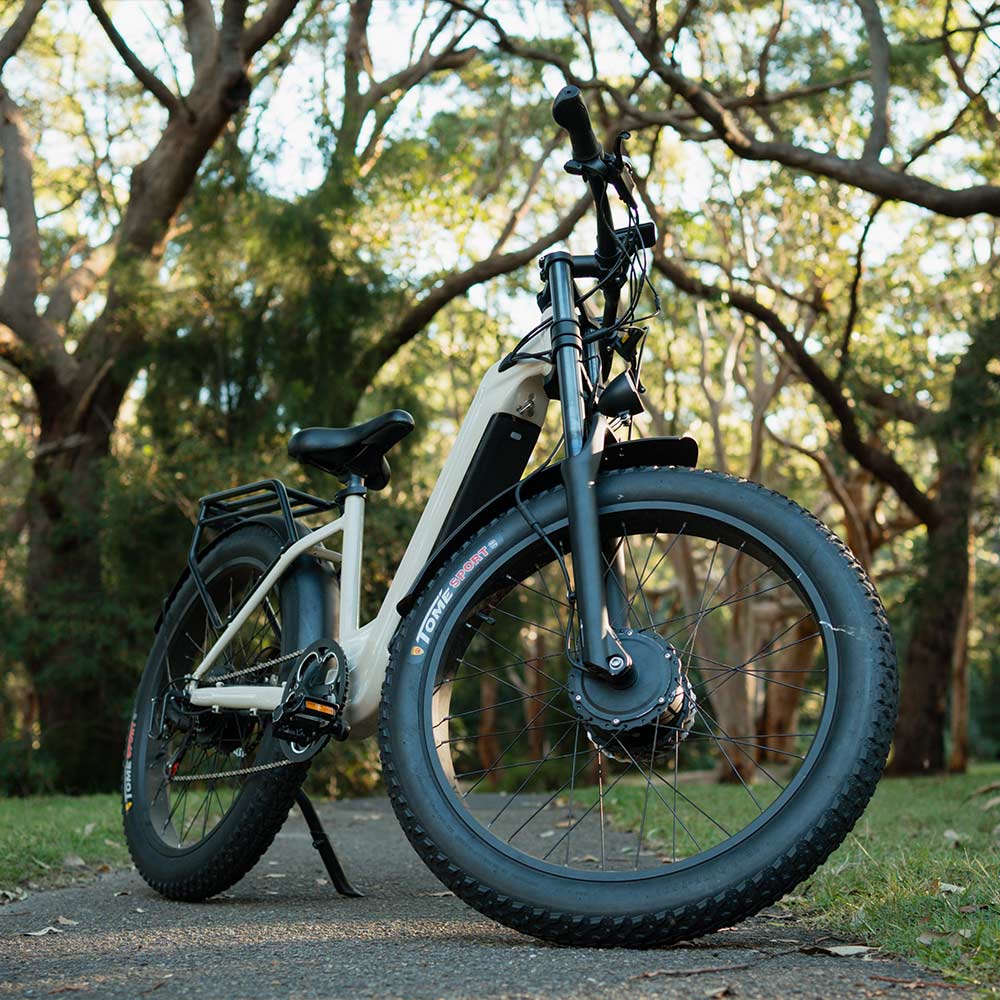
Do You Need A License For An Ebike
Share
As the popularity of electric bikes, or ebikes, continues to surge, many potential riders find themselves asking a common question: "Do I need a license for an ebike?" With their eco-friendly appeal and ability to make commuting more convenient, ebikes have captured the attention of cyclists and non-cyclists alike. However, the rules and regulations surrounding ebike usage can vary significantly depending on where you live. In this comprehensive guide, we’ll delve into what defines an ebike, explore the licensing requirements across different regions of the world, and discuss the factors that might influence whether you need a license or not. Whether you’re considering purchasing a Merkx ebike or simply want to stay informed about local laws, this blog post will equip you with the knowledge you need to ride confidently and legally. Let’s get started!
Understanding Ebikes: What They Are and How They Work
Electric bikes, commonly known as ebikes, are a revolutionary form of transportation that has transformed the way we think about cycling. Combining traditional pedal power with an electric motor, ebikes offer a unique riding experience that enhances mobility while reducing environmental impact. In this section, we will explore what defines an ebike, how they function, and the various types available on the market.
Definition of an Ebike
At its core, an ebike is a bicycle equipped with an electric motor that assists with propulsion. Unlike mopeds or scooters, which are classified as motor vehicles, ebikes maintain the essence of cycling, allowing riders to pedal while receiving assistance from the motor. This combination provides a versatile riding experience, especially in hilly areas or during long commutes.
Components of an Ebike
-
Electric Motor: The heart of the ebike, the motor can significantly enhance the rider's pedalling power. Motors are typically rated by wattage, with common options ranging from 250W to 750W. Higher wattage generally means more power and speed, though it may also influence licensing requirements.
-
Battery: The battery powers the electric motor and is usually rechargeable. Battery capacity is measured in amp-hours (Ah), affecting how far an ebike can travel on a single charge. Most modern ebikes use lithium-ion batteries due to their lightweight nature and long lifespan.
-
Controller: This component regulates the flow of electricity between the battery and the motor. It allows riders to manage the level of assistance they receive while pedalling.
-
Pedal Assist vs. Throttle: Ebikes can operate in different modes. "Pedal assist" requires the rider to pedal, with the motor providing support based on the rider’s input. Conversely, throttle-operated ebikes allow the rider to control the motor directly without pedalling, akin to riding a scooter.

